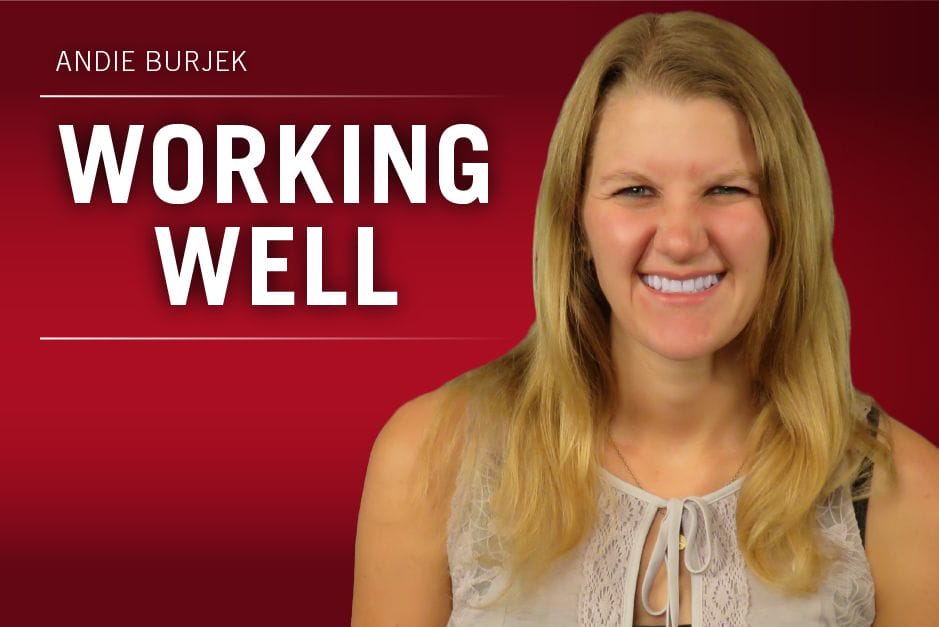If remote employees aren’t living up to productivity expectations right now, employers shouldn’t immediately jump to “slacking off” as the reason.
Not only is this skewed worldview insulting to employees, but this degree of virtual micromanagement is insensitive to remote workers during the coronavirus pandemic.
Also read: Remote Work is About Trust, Not Rules
In fact, studies show that employees are usually more productive at home than in the office. One survey of 1,004 full-time employees across the United States found that on average, remote employees worked 1.4 more days every month, or 16.8 more days every year, than those who worked in an office setting. Nicholas Bloom, an economics professor at Stanford University, found similar results in his two-year study about working from home. Remote working made employees more productive and less likely to quit, according to his study.
 Yet there are some paranoid managers who envision their remote workers lying on the couch, shirking work and watching trashy daytime TV. This isn’t the reality for most workers in normal times, let alone during a pandemic.
Yet there are some paranoid managers who envision their remote workers lying on the couch, shirking work and watching trashy daytime TV. This isn’t the reality for most workers in normal times, let alone during a pandemic.
Remote workers aren’t on vacation right now. They’re dealing with the very real consequences of a deadly global outbreak. Most people are quarantining at home (if their job allows), avoiding people as much as they can, staying as safe as possible at the grocery store and home-schooling their children on top of their work and home responsibilities.
Meanwhile, as more companies turn to layoffs and furloughs, even employed people have financial worries. What happens if they lose their job and employer-provided health insurance? What about workers who live paycheck to paycheck and worry about affording rent and food if they get laid off? The vast majority of employees won’t use working from home as an excuse to do less. Instead they’ll do what they can to stay relevant to their employer and not lose their job and their health care.
The COVID-19 pandemic has brought further responsibilities to many employee populations, like caregivers of children or sick family members. These people don’t have more freedom and free time due to their work-from-home status. According to a survey of 4,293 working parents that was conducted from March 28 through March 30, only 46.23 percent of men and 25.14 percent of women responded that they are able to juggle work and watching children. Even considering this “unequal divide of household labor” and how mothers are impacted most, most fathers are struggling, as well.
Meanwhile, even if someone doesn’t take care of a child or sick family member, they still need to care for themselves. Maintaining one’s mental health is important during a pandemic, whether you simply feel more stressed than usual or have a mental illness that requires treatment and attention.
According to the Centers for Disease Control and Prevention, people who may respond more strongly to the stress of the COVID-19 crisis include those who are especially vulnerable to the virus (older people and those with chronic diseases), children and teens, people with mental health or substance abuse issues and caregivers and health care providers who are helping others deal with health issues.
Months before COVID-19 spread to its first victim, I wrote a story for Workforce about presenteeism, and recently on LinkedIn Jude Smith Rachele, co-founder and CEO at management consulting company Abundant Sun Ltd, commented on the story. She made an astute observation concerning COVID-19 and presenteeism.
“[It] seems the world has gone bonkers about sick leave and time off from work. I’m hoping despite what we are facing that many people STILL have paid vacation leave due to them. This work at home thing — and this even more ever-present ‘digital presenteeism at work’ — may make us forget that we can take time off even if we or those around us are not ill. Remember? We are supposed to take holidays [and] vacations to refresh,” she wrote.
This is a great comment, and not something I’ve seen a lot from employers. I understand that businesses as well as individuals are suffering right now. I’m not suggesting that companies should shift all focus from operations to comforting employees. But there needs to be a balance.
Rather than expecting employees to be 100 percent productive all the time and expecting them to not take any time off unless it’s for the “right reasons,” employers also need to show sympathy to their workforces right now. People aren’t robots. They respond to the world around them. What we’re going through now with COVID-19 is anxiety-provoking at best and life-destroying at worst.
Several months ago I interviewed Morgan Young, vice president of client services, employee benefits at Holmes Murphy, and what she said about productivity expectations is especially relevant now.
“You can acknowledge that fact that people are going to have struggles in their life and nobody is going to be at peak performance 100 percent of the time, and that’s OK. Employers can have a healthy conversation about that and know that, ‘If I can get [employees] through the valleys they have and back to their peak, we’re doing great,’ ” she said.





 Sherman also informed the audience at MBGH’s event that the perception of mental health stigma may vary by socioeconomic status. There are two types of stigma — public stigma refers to discrimination or stereotyping from other people and private stigma refers to people internalizing stigma in a way that eats away at their self-worth. Low-wage workers often have a greater sense of personal stigma with behavioral health disorders, Sherman said.
Sherman also informed the audience at MBGH’s event that the perception of mental health stigma may vary by socioeconomic status. There are two types of stigma — public stigma refers to discrimination or stereotyping from other people and private stigma refers to people internalizing stigma in a way that eats away at their self-worth. Low-wage workers often have a greater sense of personal stigma with behavioral health disorders, Sherman said. 
 A while back a source mentioned to me that many people have a limited view on mental illness. It’s depression; it’s anxiety; or maybe it’s PTSD. But there are many more mental illness conditions to address. Like eating disorders.
A while back a source mentioned to me that many people have a limited view on mental illness. It’s depression; it’s anxiety; or maybe it’s PTSD. But there are many more mental illness conditions to address. Like eating disorders.


